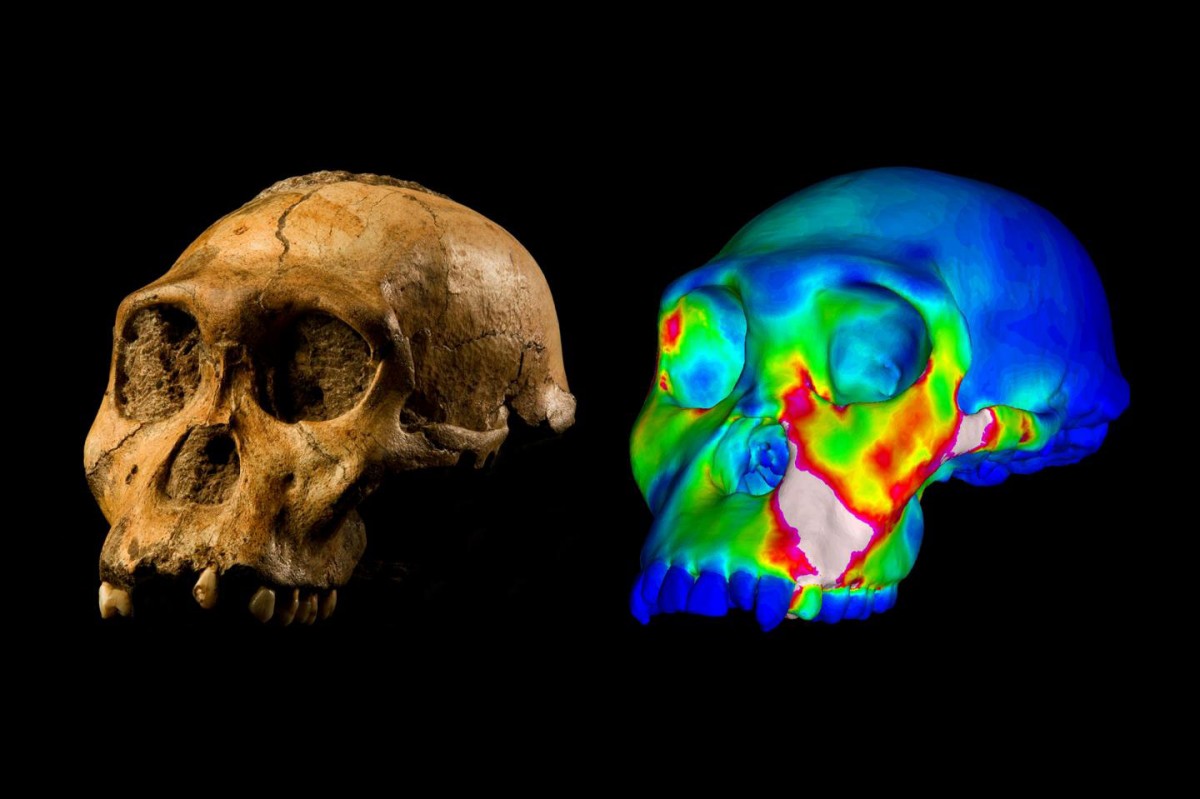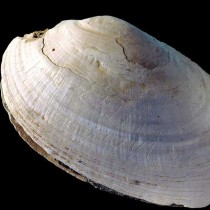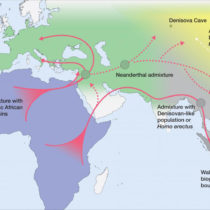At last week’s American Association of Physical Anthropologists (AAPA) meeting in New Orleans, a fresh analysis of the 2008 discovery named Australopithecus sediba caused paleoanthropologist William H. Kimbel to conclude this fossil was not ancestral to the genus Homo. Kimbel is Director of the Institute of Human Origins at Arizona State University.
Earlier news accounts reported the discoverer of Australopithecus sediba, Lee Berger of the University of the Wtswatersrand in South Africa and members of his team were confident Australopithecus sediba was a direct ancestor of Homo erectus: in 2010 and in 2013 they proposed in six papers in Science that the many humanlike traits in Australopithecus sediba‘s face, teeth and body, made it a better candidate than Lucy to be ancestral to Homo erectus.
At the AAPA meeting however, Kimbel presented a paper he co-authored with Yoel Rak of the University of Tel Aviv, entitled Australopithecus sediba and the Origin of Homo: Questionable Evidence from the Cranium of the Juvenile Holotype MH 1. Rak is the author of the definitive book, The Australopithecine Face. Kimbel analyzed the most complete skull of Australopithecus sediba and argued that it was the skull of a juvenile, meaning that he was still developing, so that, had it survived to adulthood, its humanlike facial traits would have changed and resemble more to those of Australopithecus africanus. This led Kimbel and Rak to the conclusion, that Australopithecus sediba is a closely related “sister species” of Au. africanus. “We don’t believe … that Au. sediba has a unique relationship to the genus Homo,” says Kimbel.
“The ultimate resolution of the question must await the long-hoped-for recovery of the adult cranium of Australopithecus sediba,” commented Darryl de Ruiter of Texas A&M University.




